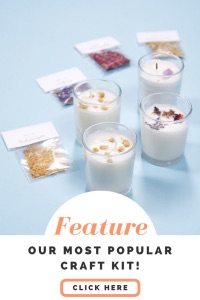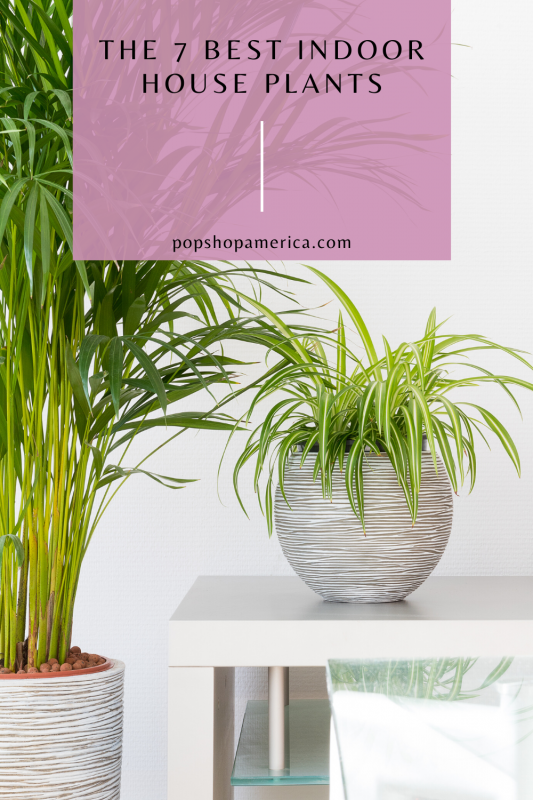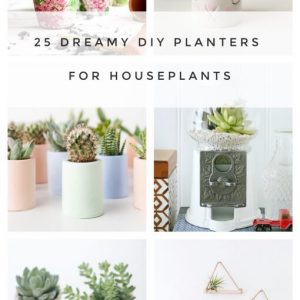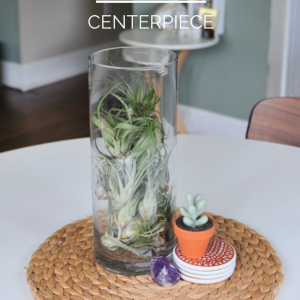Gardening
The 7 Best Indoor House Plants
Whether you’re still sheltering-in-place or your state has started to lift the stay-at-home order, you’re probably still spending more time at home than normal. What better time to add some indoor house plants to your living space? Did you know there are numerous plants that help purify the air and/or help reduce your carbon footprint? Plus all of these houseplants are super cute, trendy, and easy to maintain. (Pssst – if you don’t believe me, I’ve added a ‘green thumb rating’ to each plant, so you can see just how easy some of these plants are to keep alive!).
Also, if you’re going to add cute houseplants to your living space, who doesn’t want cute planters too? Or craft your own cedar wood planter box for your new plant babies!

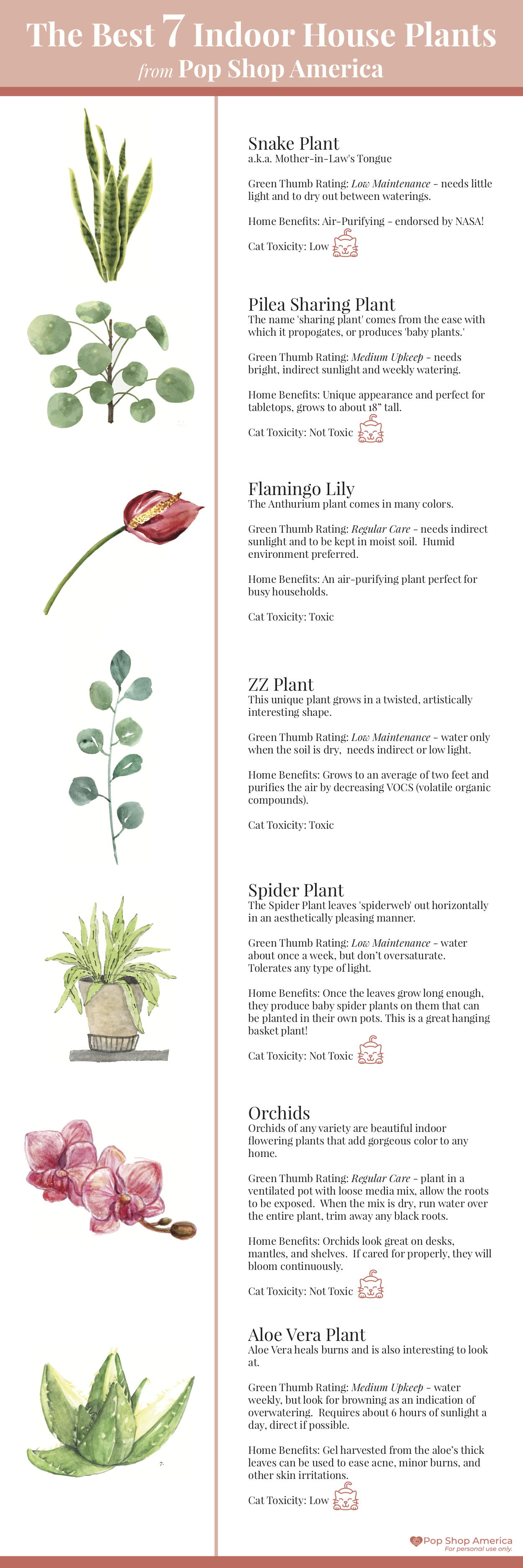
The 7 Best Indoor House Plants
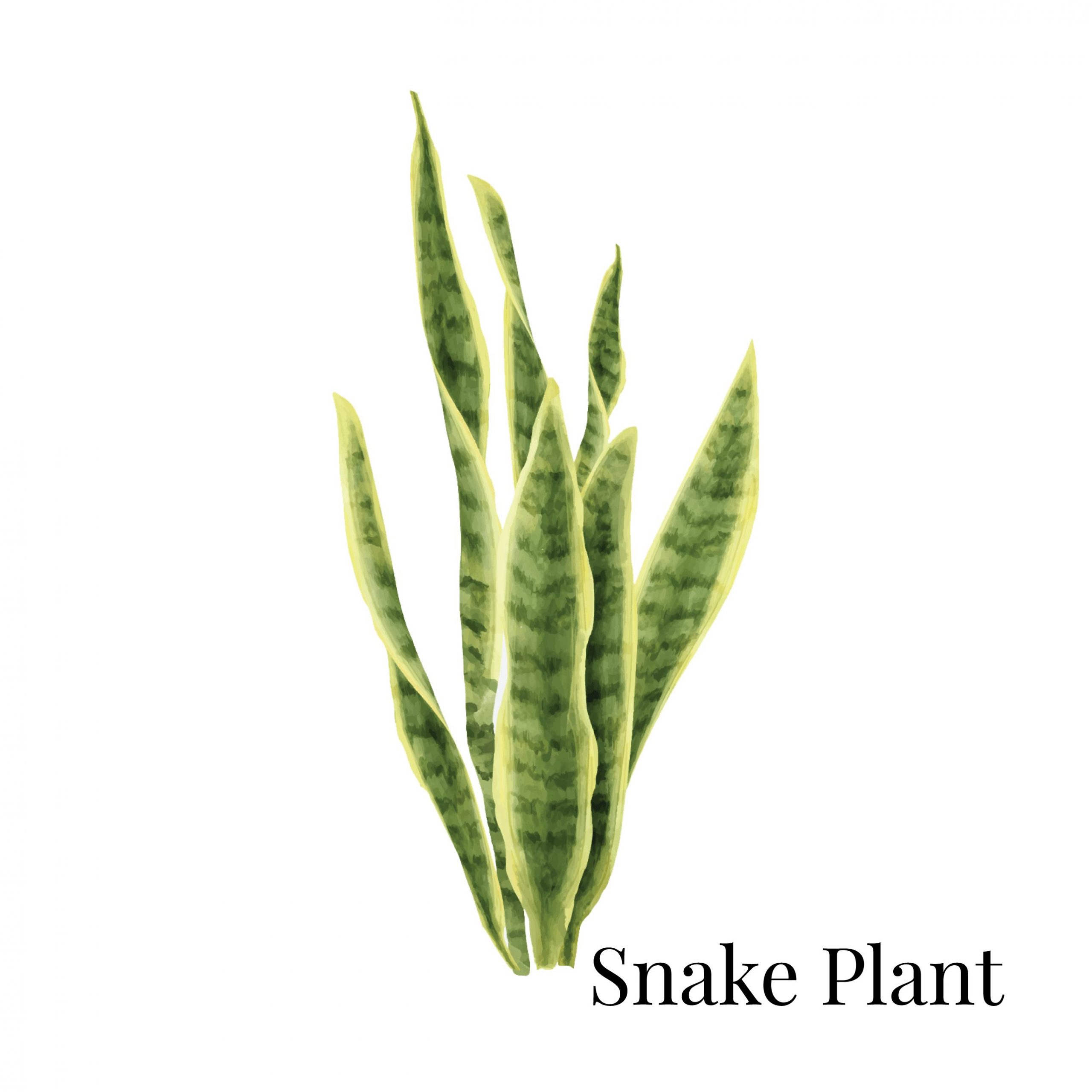
Snake Plant
The snake plant gets its name from the shape of its long, tall twisted leaves. It is also known as Mother-in-Law’s Tongue.
Green Thumb Rating: Low Maintenance – The snake plant is perfect for anyone who struggles to keep plants alive. It is very tolerant of neglect, and they survive well in low light levels. In fact, the snake plant does best when it is allowed to dry out a bit in between waterings. My kind of plant!
Home Benefits: The snake plant is one of NASA’s top rated air-purifying plants, so it makes a useful addition to a household. It also acts as an oxygenator in enclosed spaces as well.
Cat Toxicity: The snake plant has a low level of toxins, and the sap is very bitter so your cat likely won’t ingest much. However, this is a plant that generally should be kept out of cats’ reach.
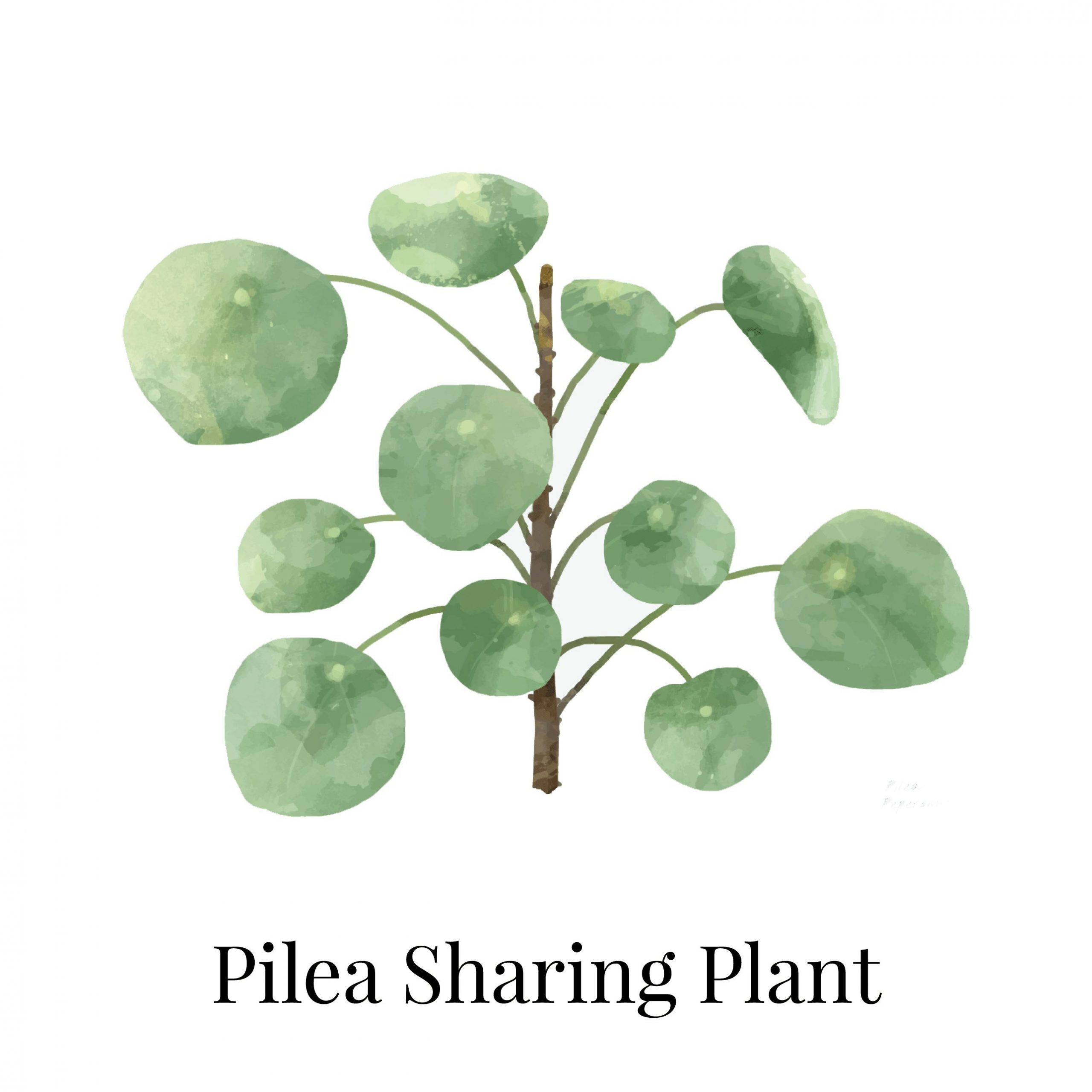
Pilea Sharing Plant
The Pilea Sharing Plant is known for it’s adorable lilypad-shaped leaves, and it makes a unique, trendy addition to your house decor! The name ‘sharing plant’ comes from the ease with which it propogates, or produces ‘baby plants.’
Green Thumb Rating: Medium Upkeep – This plant is relatively easy to care for, requiring no pruning and only weekly watering. It does need bright, indirect sunlight, though.
Home Benefits: The Pilea Sharing Plant is great for apartments and small dwellings, as it only grows to a maximum height of about 18 inches. It makes a great desktop or tabletop display plant.
Cat Toxicity: This plant is considered safe for cats.
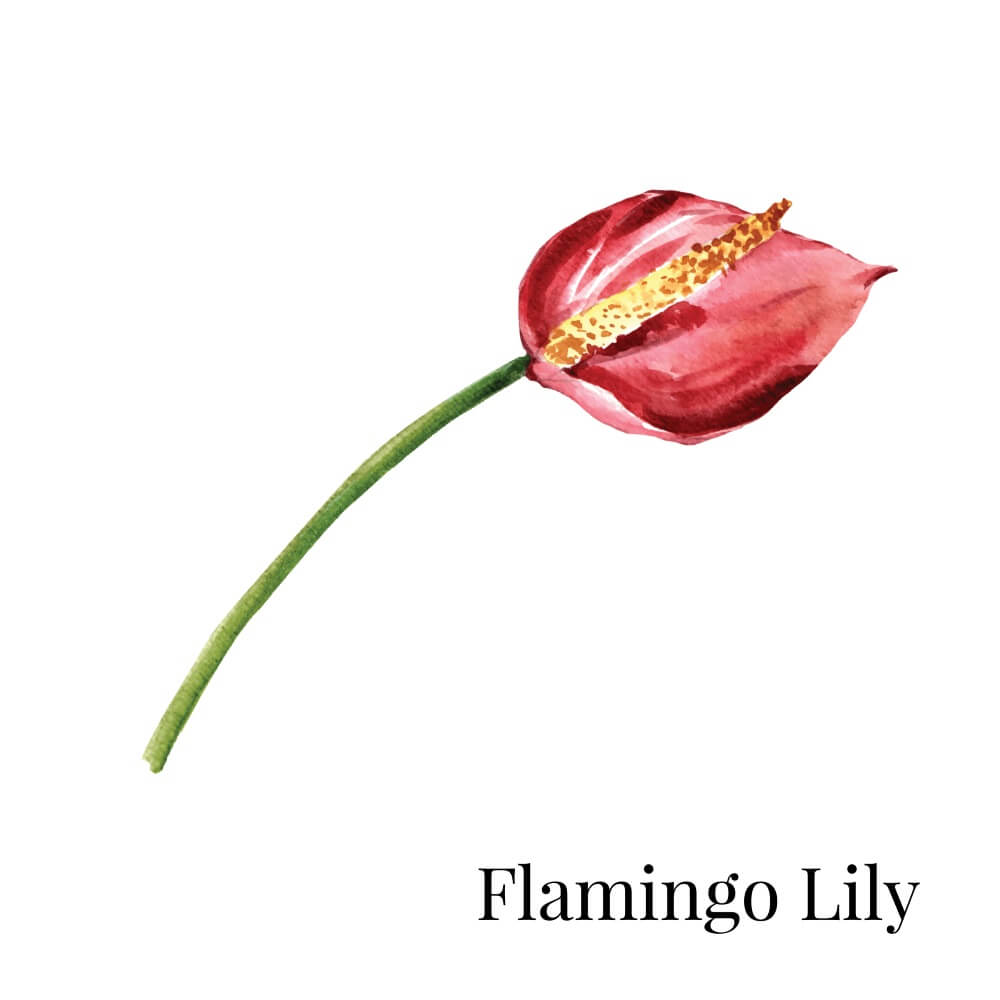
Flamingo Lily
The Anthurium plant is know by it’s more common name, the Flamingo Lily. This gorgeous plant houses beautiful, waxy-petaled lilies in vibrant colors.
Green Thumb Rating: Regular Care – This plant is a step closer to green-thumb-status. It does not like direct sunlight at all, and the soil needs to be kept lightly moist at all times. It also prefers more humid locations, like bathrooms or kitchens.
Home Benefits: The Flamingo Lily tops NASA’s list of air-purifying plants, which makes it a great addition to a house that has people present at most times.
Cat Toxicity: Flamingo Lilies – all lilies, actually – are toxic to cats and should be kept in a place where your cat cannot get near it.
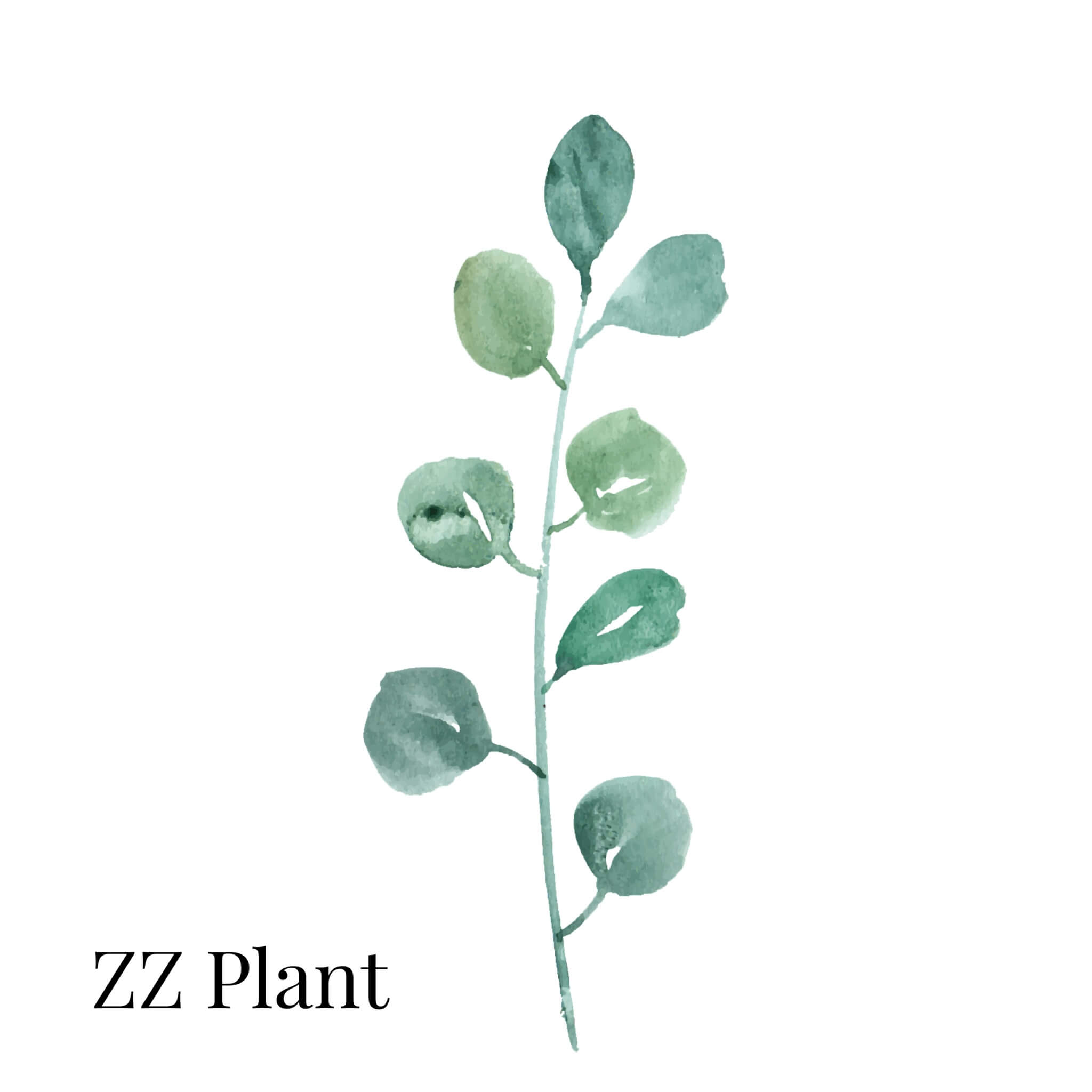
ZZ Plant
The ZZ Plant gets its name from the scientific name Zamioculcas zamiifolia. This unique plant grows in a twists, artistically interesting shape, which makes it a fantastic focal point in home decor.
Green Thumb Rating: Low Maintainance – Y’all, this plant is my favorite. If your thumbs are about as non-green as they can get, like mine, get yourself one of these plants! They respond best to a lack of care. Water it only when the soil is dry. IT does best in indirect light, and does just fine in low light as well. The ZZ Plant also doesn’t care about the humidity levels either.
Home Benefits: The ZZ Plant grows to an average of about two feet, so it makes a reasonable indoor plant for larger spaces. It also reduces your carbon footprint and purifies the air by decreasing VOCS (volatile organic compounds).
Cat Toxicity: All parts of this plant are poisonous, so keep out of reach of cats who may nibble on it.
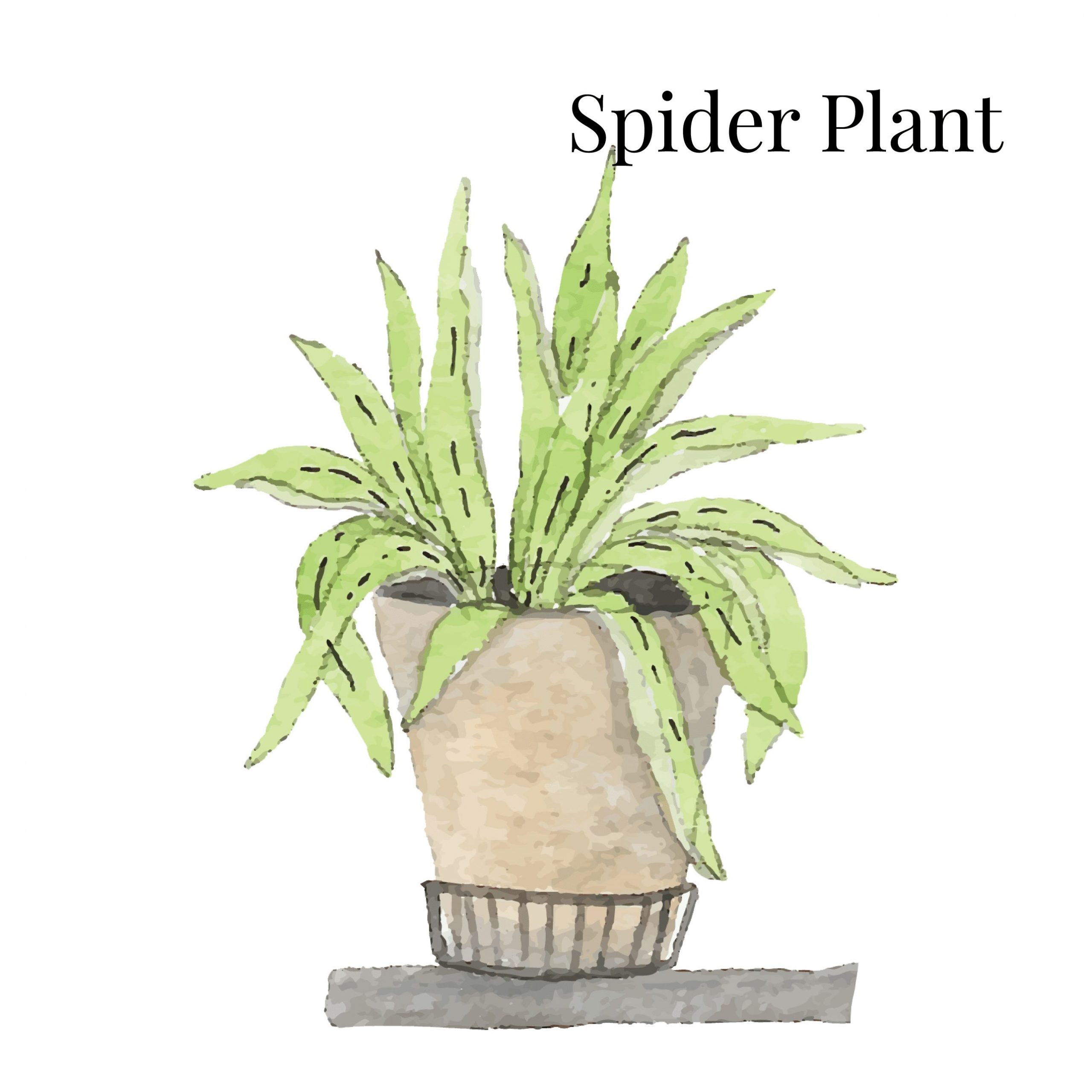
Spider Plant
The Spider Plant is similar to the Snake Plant, but instead of growing vertically, its leave ‘spiderweb’ out horizontally in an aesthetically pleasing manner. Once the leaves grow long enough, they can produce baby spider plants on them that can be planted in their own pots. This is a great hanging basket plant!
Green Thumb Rating: Low Maintenance – The spider plant is considered a good plant for green-thumb-challenged people. It will grow in all types of lighting, and it only needs to be watered about once a week. The plant actually doesn’t like oversaturated soil.
Home Benefits: Spider plants look great in round, potted ceramic bowl planters, or in hanging basket planters. They purify the air and remove toxins, so they are good for rooms in your house that are frequented often.
Cat Toxicity: Spider plants are not toxic to cats, but cats may like to chew on spider plants, especially, because they provide a bit of a euphoric feeling to a feline. You may want to keep it out of the way of your cat to keep her from destroying it.
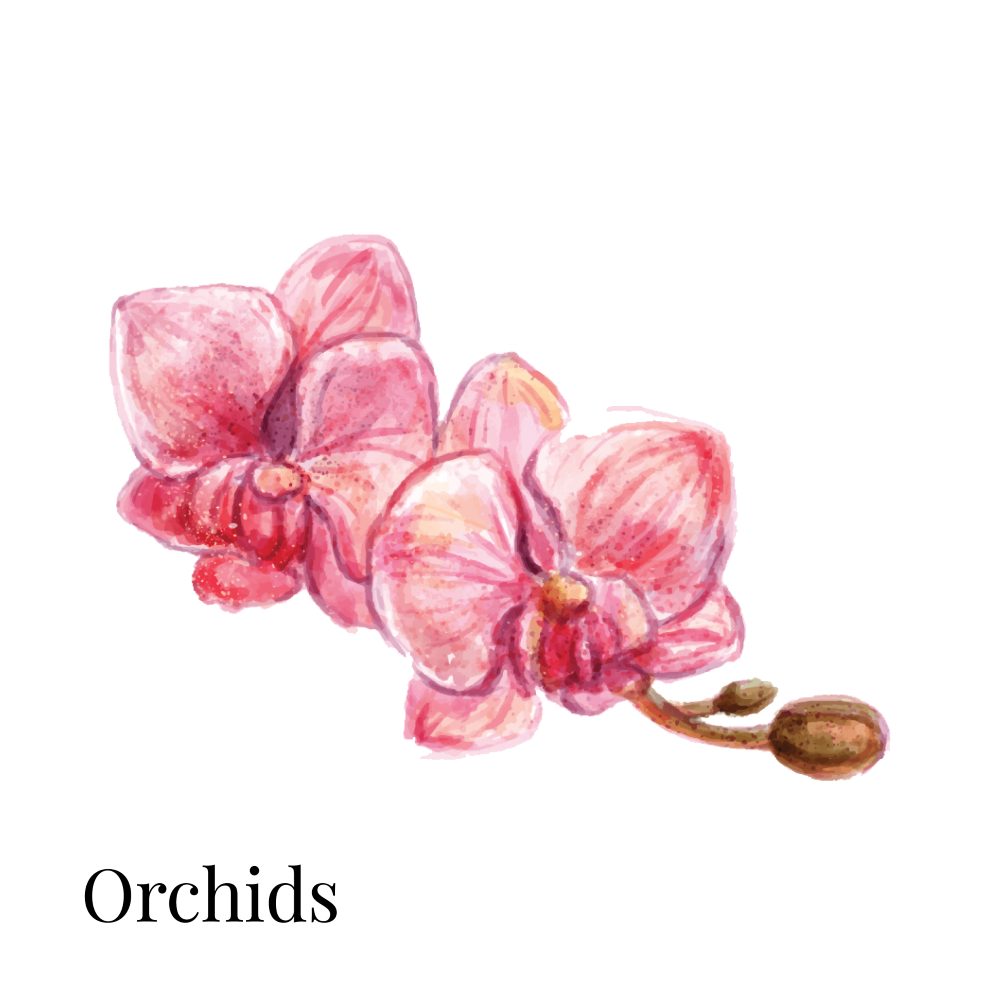
Orchids
Orchids of any variety are beautiful indoor flowering plants that add gorgeous color to any home.
Green Thumb Rating: Regular Care – Orchids are considered a perfect beginner plant, as they respond well to bright, indirect light. Plant orchids in a ventilated pot with loose media mix, allowing the roots to be exposed. When the mix is dry, run water over the entire plant.
Home Benefits: Orchids are a great air-purifying plant, and they’re a great choice of plant when you’re looking to add a pop of color to your home decor! They’re small-ish plants, so they look great on desks, mantles, and shelves.
Cat Toxicity: Orchids are not toxic to cats.
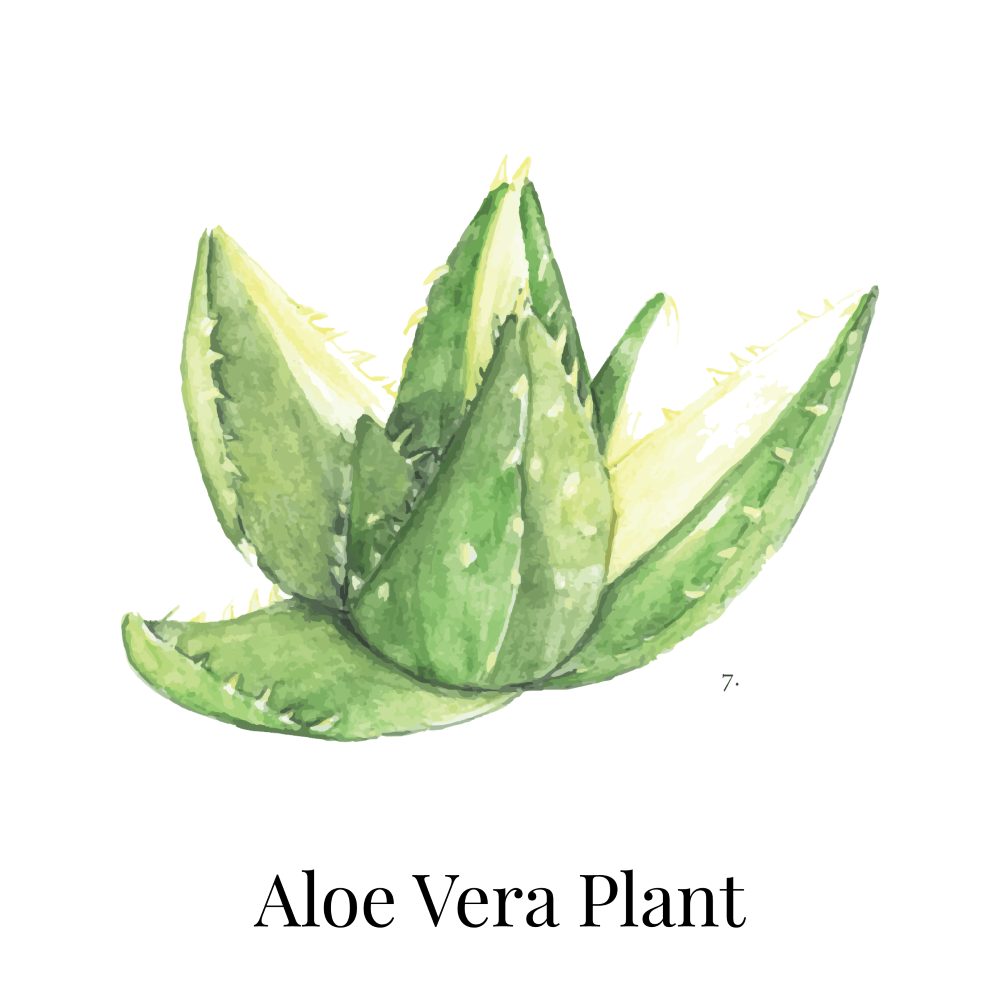
Aloe Vera Plant
Aloe Vera is typically known for its medicinal properties, but I love its thick-stemmed look as well. I think it adds such an unusual conversational piece to any house, alongside its benefits.
Green Thumb Rating: Medium Upkeep – This is a relatively easy plant to care for, but it does require some attention. It only needs to be watered weekly, and if it is over watered, you’ll see the tips of the leaves turn brown. The plant needs about 6 hours of sunlight a day; direct is best.
Home Benefits: You can search YouTube for any number of tutorials on how to harvest the medicinal aloe gel from your plant. The gel is great for soothing sunburns and helping with acne. It is also a great bedroom plant, because it produces oxygen at night.
Cat Toxicity: Aloe vera plants are mild-to-moderately toxic to cats.
So which plants are you going to add to your home? Tell us in the comments! And happy planting!
Let’s Be Friends!
Insta | Pinterest | Enews | TikTok


